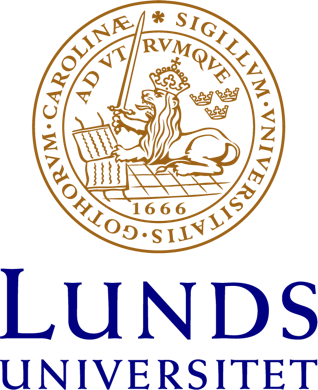Course: Digital Media Research (SIMM34)
7.5 credits
We offer a range of perspectives and methods on how to understand and critically analyse digital media production, content and everyday practices. This course offers an introduction to digital media research methods, emphasising the significance of reliable, valid and situated research in a critical study of digital environments. These environments include a wide range of contexts from business, public service and non commercial spaces, the architecture and content of participatory cultures, social media and social activism, and digital socialities.
Our guiding approach on this course is that digital media research methods matter to a critical study of digital environments. The course focuses on combining empirical qualitative research with critical social and cultural theories in order to emphasise how the digital media researcher uses, adapts and critically reflects on methods and concepts to research problems or questions.
The intellectual structure for the course is based on qualitative multi-methods within digital media. There are three specific methods we focus on in the craft of digital media research. The first method includes production studies, specifically the method of production interviews within the context of the architecture of digital media production. This method is useful for institutional analysis of professionals, amateurs and practitioners where one to one interviews are necessary for understanding inside a digital production culture. The second method is qualitative text analysis of social media analysis, including the qualitative analysis of Facebook and Twitter for selected case studies. This is useful for an analysis of small scale social interaction using these platforms as a means of digital communication. The third method includes aesthetics and communicative form of digital media content, specifically visual images, and the embedding of images in the digital environment. Visual methodology is useful for studying selected samples of digital texts and representations in a range of content, from mobile media to You Tube videos. These three social science methods are connected to key concepts of media industries and professional practices, media and social relations, and critical social optics.
We offer a perspective on the methods that is pragmatic and experiential, constructing the act of doing research as a valuable resource to draw on in this course. The knowledge you will gain from this course is practical, and in the final part of the course you will apply a selection of specialist methods in a group project. The foundation of theories and concepts that you learn in the first half of the course will build confidence in designing a project and applying the specialist methods in a real world case study. This is a short, intensive course that gives you the methods toolkit for designing and conducting research on digital media environments.
Our course is aimed at a diverse range of international postgraduate students who wish to study digital media research methods for the purposes of conducting empirical research for Masters theses, and also for professional skills in digital media methods for careers beyond postgraduate education.
The main course leaders, Annette Hill and Tobias Olsson, both provide their own perspective on the methods, constructing valuable sources of experience for the students to draw on. Centered on the practical, the final part of the course offers students to apply the methods in a project, but not before offering a stable foundation of theory in the first half, which personally made me feel confident in applying the methods in the group project. Being short but comprehensive, the time invested in the course did supply me with great tools when looking at digital material through a number of different angles. It is a clear and pragmatically centered course, which, for me, made the methods easy to assimilate, but challenging and rewarding to apply in reality.
As the course concerns digital media research, I was able to see how the methods taught would be useful not only in future research but when working within a range media fields. Additionally, many of the readings required involved social cultural topics, such as power, and having these concepts intertwined with the methods kept things very interesting.’
The group works in the course helped me understand how the diverse digital media contents can be analyzed using various research methods. The complexities of the digital media technology and the differences in culture and context has also been discussed using digital ethnography as an alternative method. In addition to providing multiple research methods to study the producers and contents of the digital media, the course also provides conceptual tools such as form and power to analyze contents and how they are influenced and shaped by different levels and forms of power relations. As we all go further to the age of deep ‘mediatization’ and ‘mediation’, this course will help me be critical and more reflexive in the way I use, watch and engage with digital media in its multiple forms.’
The course was rounded off by an essay in which we individually were given the opportunity to reflect upon the group work and on the methods used more theoretically. I can highly recommend this course if you are interested in trying aesthetic analysis and/ or production interviews connected to digital media.’

